 Bringing people together is one of the key roles of philanthropy. Foundations are especially suited to convene those with similar interests and shared goals, as well as those with differing viewpoints who need to find common ground. And within foundations themselves – especially those with larger staffs – bringing diverse and inclusive teams together to explore a new initiative, create a strategic plan, check in on progress, or reflect on evaluation results can help spur new ideas and more effective actions.
Bringing people together is one of the key roles of philanthropy. Foundations are especially suited to convene those with similar interests and shared goals, as well as those with differing viewpoints who need to find common ground. And within foundations themselves – especially those with larger staffs – bringing diverse and inclusive teams together to explore a new initiative, create a strategic plan, check in on progress, or reflect on evaluation results can help spur new ideas and more effective actions.
As I’ve worked with dozens of foundation staffs and boards, the notion of inclusion seems to be alive and well. In fact, in some cases, the internal and external gatherings hosted by foundations can be almost too inclusive. To be clear, I’m not talking about inclusion here in terms of race, ethnicity, gender orientation, etc. Instead, I’m talking about inclusion in terms of the roles participants play inside or outside the organization and the relevance of those roles with respect to the convening at hand.
Let me give you some examples:
Consider a foundation board and executive director that wish to create a new strategic plan. They want every member of the foundation staff to feel that their views are included in the planning process, so they host no less than half a dozen all-staff gatherings over the course of three months to gather input and discuss direction. At the end of the process, the resulting plan is so convoluted and overly complex that no one wants to touch it. Why? Instead of gathering input in a controlled way, the foundation’s process allowed too many cooks in the kitchen, and therefore too many micro-level components in the plan.
Or, imagine a donor that wants to bring the best and brightest minds together to discuss new ideas for community change. The guest list for this convening is made up of representatives from top national think tanks, government agencies, and universities. Yet, at the end of two days, not one concrete idea has emerged from their discussion. Why? The people in the room were fantastic theorists, but not one of them was engaged with implementation of change at the grassroots, community level.
It’s important to make sure you have the right people in the room so that the time spent is productive and the outcome is useful for everyone. To ensure you’ve tapped the right players for your next gathering, ask yourself these three questions before you issue invitations:
- What is our overall goal? What do you want this gathering to accomplish? Are you developing a high-level strategy or more of a grassroots action plan? The best convenings don’t attempt to tackle planning and implementation at the same time, but rather identify one or two goals in a broader sequence that moves sequentially from ideas to implementation.
- What roles are essential to accomplish our goal? Do you need issue area experts? National perspectives? Or do you need those with local connections and knowledge? Do you need those who can sign off on a big idea or those who will immediately go back to the office and start working on implementation? Often it’s both – but not always.
- How can we make the best use of others? Are there perspectives that might inform your discussion or be necessary for your success going forward, but aren’t necessarily needed at the convening? Communicate with key stakeholders about your intent and your process. Gather key information before your convening begins. Use surveys to gather broad staff or community perspectives. Have someone interview subject matter experts in advance and share their findings in advance or during the convening. Identify those who can take the lead on action steps identified during your convening and meet with them in person afterwards to present a draft of the ideas spawned in your convening, incorporate their reactions, and include them in the final version of the plan, statement, agreement, etc. that will emerge from your convening.
Often, a foundation can be so immersed in the work at hand that it’s difficult to apply an objective lens to convening participants. Personal relationships and political agendas and even the desire to appear “more inclusive” can end up placing people in the room who may be more effective in other roles. If this is the case, it may be useful to employ an outside, objective facilitator to help think through the list of participants in light of the intended goal.
Bringing people together is (almost) always a good idea, as long as it’s done wisely. The next time someone suggests a convening, immediately deploy the three questions above. How will you know when you’ve gotten it right? Everyone in the room feels that the time was well spent, and those not in the room are supportive of the outcome.
______________________________
Kris Putnam-Walkerly, MSW, has helped to transform the impact of top global philanthropies for over 18 years. In 2016 she was named one of America’s Top 25 Philanthropy Speakers, and authored the book Confident Giving: Sage Advice for Funders, which was recently named one of “The 10 Best Corporate Social Responsibility Books.” For more ideas, tips and tools to improve your giving, visit Putnam Consulting Group to read an article, listen to a podcast, or check out a case study.
On March 8, Kris will be presenting the results of a recent field scan, “The Road to Achieving Equity,” to Philanthropy New York. She will also share these findings on March 15 for the Association of Baltimore Area Grantmakers.
Do you need help aligning your goals and developing your next initiative? Call Kris at 800.598.2102 or reach out by email at kris@putnam-consulting.com.
“The Putnam Team was instrumental in helping shape my big picture ideas into an actionable and sensitive representation of our major rural community health improvement initiative. The wealth of tools and connections they created to tell our story are things that we will use for years to come. We would definitely work with Kris and colleagues again.”
~Allen Smart, Vice President, Kate B. Reynolds Charitable Trust






